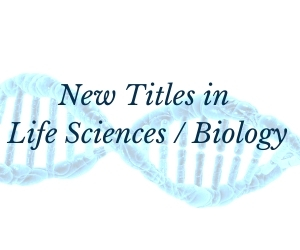System Upgrade on Tue, May 28th, 2024 at 2am (EDT)
Existing users will be able to log into the site and access content. However, E-commerce and registration of new users may not be available for up to 12 hours.For online purchase, please visit us again. Contact us at customercare@wspc.com for any enquiries.
The modern electron microscope, as a result of recent revolutionary developments and many evolutionary ones, now yields a wealth of quantitative knowledge pertaining to structure, dynamics, and function barely matched by any other single scientific instrument. It is also poised to contribute much new spatially-resolved and time-resolved insights of central importance in the exploration of most aspects of condensed matter, ranging from the physical to the biological sciences.
Whereas in all conventional EM methods, imaging, diffraction, and chemical analyses have been conducted in a static — time-integrated — manner, now it has become possible to unite the time domain with the spatial one, thereby creating four-dimensional (4D) electron microscopy. This advance is based on the fundamental concept of timed, coherent single-electron packets, or electron pulses, which are liberated with femtosecond durations. Structural phase transitions, mechanical deformations, and the embryonic stages of melting and crystallization are examples of phenomena that can now be imaged in unprecedented structural detail with high spatial resolution, and ten orders of magnitude as fast as hitherto.
No monograph in existence attempts to cover the revolutionary dimensions that EM in its various modes of operation nowadays makes possible. The authors of this book chart these developments, and also compare the merits of coherent electron waves with those of synchrotron radiation. They judge it prudent to recall some important basic procedural and theoretical aspects of imaging and diffraction so that the reader may better comprehend the significance of the new vistas and applications now afoot.
This book is not a vade mecum — numerous other texts are available for the practitioner for that purpose. It is instead an in-depth exposé of the paradigm concepts and the developed techniques that can now be executed to gain new knowledge in the entire domain of biological and physical science, and in the four dimensions of space and time.
Sample Chapter(s)
Chapter 1: Historical Perspectives From Camera Obscura to 4D Imaging (6,912 KB)
Contents:
- Historical Perspectives: From Camera Obscura to 4D Imaging
- Concepts of Coherence: Optics, Diffraction, and Imaging
- From 2D to 3D Structural Imaging: Salient Concepts
- Applications of 2D and 3D Imaging and Related Techniques
- 4D Electron Imaging in Space and Time: Principles
- 4D Ultrafast Electron Imaging: Developments and Applications
- The Electron Microscope and the Synchrotron: A Comparison
- 4D Visualization: Past, Present, and Future
Readership: Academics and researchers in the fields of physical chemistry, chemical analysis, solid state physics, electron microscopy, scanning, tunnelling, nanoelectronics, molecular biology, molecular imaging and structural biology.


























